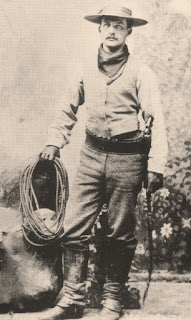As we reflect on this country's African American heritage, it’s worth noting Crawford County’s role as a branch of the Underground Railroad. In the years leading up to the Civil War, area residents, like much of the state, predominantly held to anti-slavery views, even though the Census of 1810 shows that 32 slaves were registered by owners in the northwestern counties including Crawford. Pennsylvania, however, was among the first states that attempted to legislate the abolition of slavery beginning with the 1780 Act which prohibited residents from importing new slaves into the Commonwealth. This was further reinforced in 1788 by an amendment closing loopholes in the original Act that slave owners had been using to their advantage.
While Pennsylvania may have chartered an anti-slavery course, at the Federal level the stance was much different. Congress passed the Fugitive Slave Act of 1793 which, in effect, gave teeth to the Constitution’s provision under Article 4, Section 2, protecting the rights of slave owners to recover their property in the form of escaped slaves. When Pennsylvania attempted to extend freedoms to these escaped slaves in 1826, it sparked a legal debate concerning state versus federal authority on the matter. With Prigg v. Pennsylvania, the issue reached the U.S. Supreme Court, and the Court deemed the escaped slave law unconstitutional as well the previous Acts of 1780 and 1788. The harsher penalties imposed by the Fugitive Slave Act of 1850 only aggravated Northern states which by then, were already teaming with slave owners, agents, and spies relentlessly hunting down escaped slaves without recourse.





